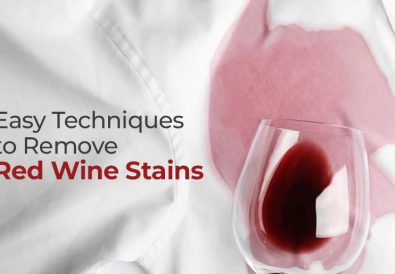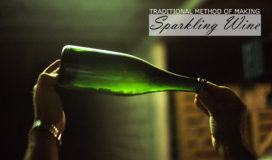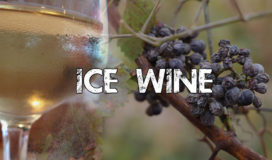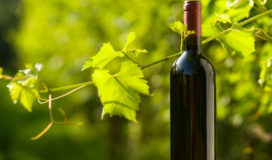They say, “Age is like fine wine; it gets better with time.” Have you ever wondered why’s that? No, no… we aren’t talking about the age here but the wine. Well, no need to put on your thinking cap now, for we’re going to share with you the secret of wine lovers going gaga over a bottle of wine that has aged more than just fine.
First things first, winemaking is a complex process that begins with growing grapes in quality terroir and winds up with ageing in a cellar; it takes a lot more than what meets the eye to create a bottle of fine wine. You might be pondering what fine wine is. A really good wine that treats your palate like anything. That’s right!
Although there are ‘n’ number of things that contribute to the concoction of fine wine, what truly makes a difference is the cellaring in which wine ages to taste better. And, the credit for it goes to tannins, for they soften over time. Tannins, along with sugars, substances and acids, constitute phenolic compounds. The chemical reaction that takes place among these compounds helps the wine develop complex and pleasing flavours with time. Tannins, however, in particular, have a significant role to play in determining the taste of wine after maturation.
So basically, what are tannins in wine?
To put it simply, when you feel a dry, puckery, bitter and astringent taste in your mouth upon tasting wine, that is what tannins are. Playing an essential part in wine tastings, tannins are detected in the back of the tongue or generally in the gums. Tannin in wine predominantly comes from the skin, stem and seeds of the grapes, which is why tannins are more often than not associated with red wines instead of white ones.
Red Wine Tannins
As a part of their winemaking process, red wines are certain to get tannins. Although, the amount of tannins in a red wine largely depends on the grape varietal.
High Tannin Red Wines – What are generally defined as ‘full-body’ red wines, they comprise high levels of tannins. Some of the popular examples include Cabernet Sauvignon, Shiraz, Nebbiolo and Red Bordeaux Blend.
Low Tannin Red Wines – Red wines that are more inclined toward a sweeter taste rather than astringency contain a lower level of tannins. Pinot Noir, Barbera and Grenache make for great examples of the same.
Red Wines with No Tannins – There happens to be no such thing as no tannin wine when it comes to reds. It is ingrained in their winemaking process. So, whenever there’s a red wine, tannins will have to be there, irrespective of low or high.
White Wine Tannins
Because the fermentation process of most white wines takes place without involving their grape skins, whites feature much less amount of tannins compared to their red counterparts. Also, white wines taste less dry on the palate than red ones. Having said that, exceptions are always there. There exist a couple of white wines with a decent amount of tannins, for either they had longer maceration or they were kept in wooden barrels during the winemaking process. Some prominent examples of white wines with tannins incorporate Sauvignon Blanc and Riesling.
It may also be intriguing to know that tannins are not just limited to wines. There are several foods and beverages that have tannins; to name a few are dark chocolate, berries, cinnamon, quince, cloves, pomegranate, grape juice and black coffee.
Anyway, we certainly can’t say it for the age, but thanks to tannins, wine does become better after maturing. Here’s how!
















Pingback: FAQ - Top 10 Wine Questions Answered: From Varieties to Pairings